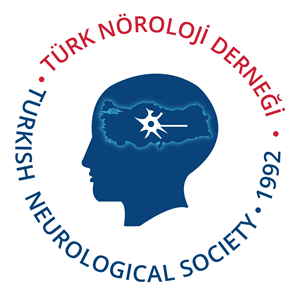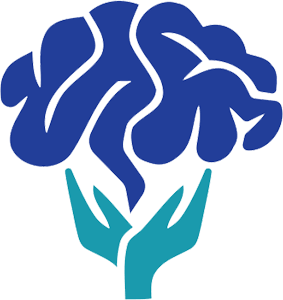Transcranial Magnetic Stimulation in Amyotrophic Lateral Sclerosis-Preliminary Data
Geysu Karlıkaya1, Tülin Tanrıdağ2, Gülbün Yüksel3, Nazire Afşar1, Hülya Tireli3, Canan Aykut Bingöl1, Önder Us2
1Department Of Neurology, Yeditepe University, Faculty Of Medicine, İstanbul, Turkey
2Department Of Neurology, Marmara University, Faculty Of Medicine, İstanbul, Turkey
3Neruology Clinic 2, Haydarpasa Numune Education And Research Hospital, İstanbul, Turkey
Keywords: Amyotrophic lateral sclerosis, transcranial magnetic stimulation, diagnosis
Abstract
OBJECTIVE: Amiotrophic Lateral Sclerosis (ALS) is a disorder
characterized by upper and lower motor neuron degeneration.
Electrophysiologic studies such as electromyography are helpful for do-
cumenting lower motor neuron dysfunction while, a method to routine-
ly evaluate upper motor neuron (UMN) dysfunction is not available.
Recently transcranial magnetic stimulation (TMS) has become a populer
method for the evaluation of central motor pathways. This method is
especially useful in patients with no clinical UMN dysfunction.The aim of this study was to evaluate the role of TMS in
demonstrating UMN dysfunction in ALS patients.
METHODS: A motor evoked potential study with TMS was
performed on 13 ALS patients and 10 healthy controls. Cortical motor
threshold (CMT), cortical silent period, motor evoked potential latency
and amplitude and central motor conduction time were the parameters
evaluated.
RESULTS: The most sensitive parameter was found to be CMT, while
none of the other parameters were found to be statistically significant
between the patients and controls.
CONCLUSION: It is known that in ALS patients different CMT changes
may occur depending on the disease stage. In the early period with glutamate induced hyperexitability the CMT decreases, while in the late
stage of the disease the CMT increases due to cortico-motor neuron
loss. Cortical exitability changes are specific for ALS. TMS is a painless,
easy and sensitive method which at the present time helps the diagno-
sis of ALS but hopefully in the future may also hold a light to the patho-
genesis and treatment of ALS.


